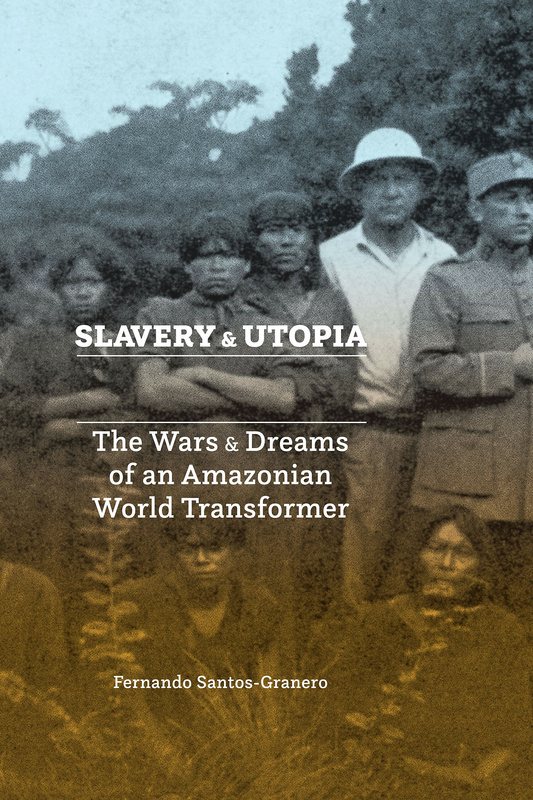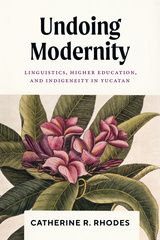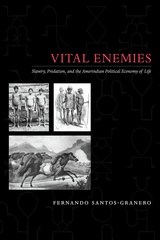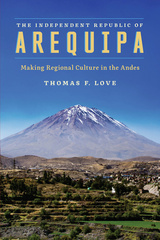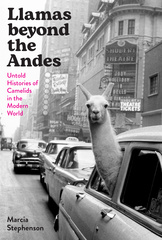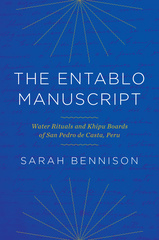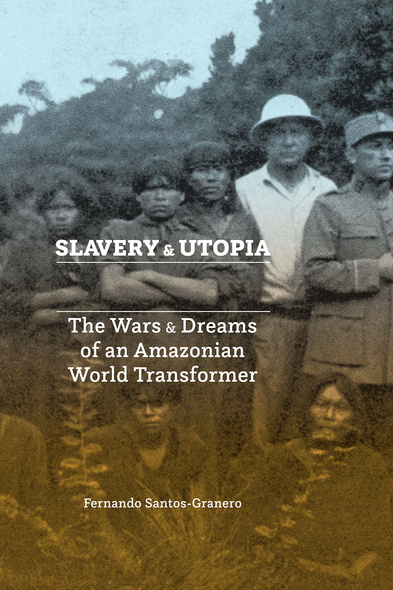
Slavery and Utopia
The Wars and Dreams of an Amazonian World Transformer
In the first half of the twentieth century, a charismatic Peruvian Amazonian indigenous chief, José Carlos Amaringo Chico, played a key role in leading his people, the Ashaninka, through the chaos generated by the collapse of the rubber economy in 1910 and the subsequent pressures of colonists, missionaries, and government officials to assimilate them into the national society. Slavery and Utopia reconstructs the life and political trajectory of this leader whom the people called Tasorentsi, the name the Ashaninka give to the world-transforming gods and divine emissaries that come to this earth to aid the Ashaninka in times of crisis.
Fernando Santos-Granero follows Tasorentsi’s transformations as he evolved from being a debt-peon and quasi-slave to being a slave raider; inspirer of an Ashaninka movement against white-mestizo rubber extractors and slave traffickers; paramount chief of a multiethnic, anti-colonial, and anti-slavery uprising; and enthusiastic preacher of an indigenized version of Seventh-Day Adventist doctrine, whose world-transforming message and personal influence extended well beyond Peru’s frontiers. Drawing on an immense body of original materials ranging from archival documents and oral histories to musical recordings and visual works, Santos-Granero presents an in-depth analysis of chief Tasorentsi’s political discourse and actions. He demonstrates that, despite Tasorentsi’s constant self-reinventions, the chief never forsook his millenarian beliefs, anti-slavery discourse, or efforts to liberate his people from white-mestizo oppression. Slavery and Utopia thus convincingly refutes those who claim that the Ashaninka proclivity to messianism is an anthropological invention.
The book’s protagonist, also known as Chief Tasorentsi ('all-power blower world transformer'), his aspirations and indigenous worldviews, the bloody revolt and reaction, a changing export economy, and networks of foreign and Native Adventist preachers come into fascinating focus over eight chapters.
[Slavery and Utopia] brings to light one...long and intriciate process of indigenous resistance to territorial loss in the Peruvian Amazon...While taking on a refuge history approach to privilege narrative over structure and agency over determinism, Santos-Granero, perhaps unintentionally, has also contributed to a much larger historical chapter of indigenous peoples' resistance to feudal and capitalist encroachment—a struggle that endures today.
No one knows more about the Peruvian rubber boom than Fernando Santos-Granero.
Equal parts history and anthropology, Slavery and Utopia provides a close reading of the dynamic networks of indigenous resistance in Peru's central Amazon during the early twentieth century…Santos-Granero's collaborative triangulation of the scant evidence resuscitates stories that were silenced and co-opted by colonisers and their allies even as they occurred...the book's greatest contribution is perhaps its most subtle one: the centering of the stories of indigenous actors in their struggles against colonisation within a historiographical tradition that was built to forget them.
[A] fascinating biography of a man about whom very little is known....[Slavery and Utopia] is a deeply original work...Tasorentsi’s remarkable life and the rebellions he led, the cultural principles and political agency of Amazonian peoples like the Ashaninka, and the persistence of indigenous slavery must become integrated to national and regional histories. This important book provides an ideal opportunity to do so.
This is a superbly researched book. Santos-Granero uses techniques borrowed from all corners of the disciplines of history and anthropology, from careful historical research to ethnomusicology.
Slavery and Utopia is a fascinating reconstruction of the personal and political trajectory of José Carlos Amaringo Chico, an Ashaninka leader also known as Chief Tasorentsi…[a] compelling and erudite book...In detailing a distinctly indigenous response to the collapse of the rubber boom in Peru, Santos-Granero shows that indigenous peoples were agents of social transformation and authors of a moral discourse that denounced injustice in the Amazon.
- Illustrations
- Acknowledgments
- Prologue
- Chapter 1. An Indian Uprising Thirteen Years Later, 1928
- Chapter 2. Chronicle of a Revolt Foretold, 1915–1916
- Chapter 3. First Signs of Indigenous Discontent, 1910–1914
- Chapter 4. Early Years of an Indian Slaver, 1875–1897
- Chapter 5. A Struggle for Vitality, 1912–1914
- Chapter 6. After the Waters of Youth, 1915–1916
- Chapter 7. From War Chief to People-Gatherer, 1921–1929
- Chapter 8. Twilight Years of an Old World Transformer, 1930–1958
- Epilogue
- Notes
- Glossary
- References
- Archives Consulted
- Interviews
- Index

